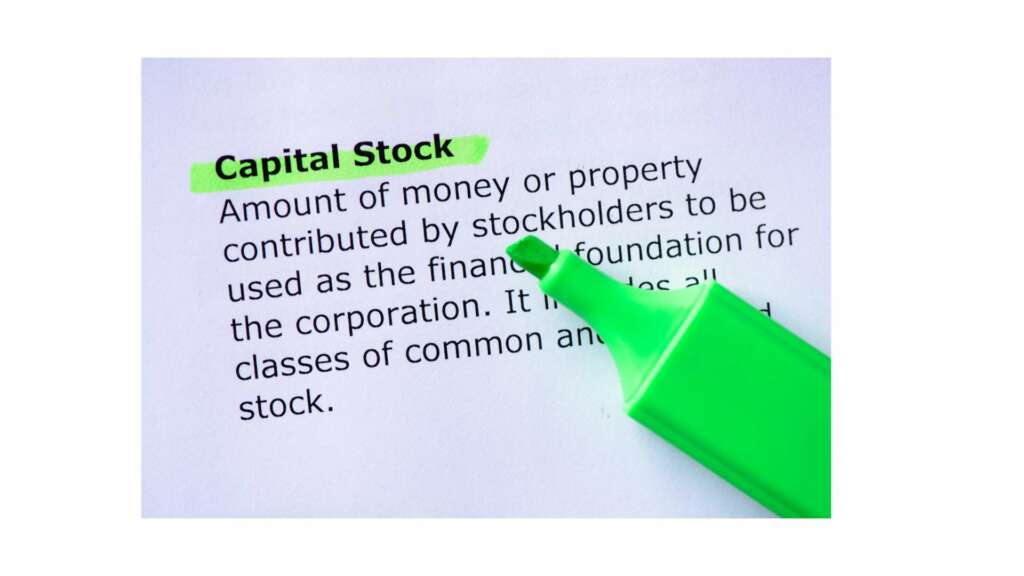
A capital asset can be defined as any asset held by an asset holder, whether related to his business or profession, or not related to his business or profession. It includes both movable and immovable property, tangible and intangible, circulating and fixed. Capital assets are normally equated with the assets that are used as security in a loan, and in the case of business, it would include raw material and machinery used in making products and in production. The other types of capital are not used as collateral in a loan, such as fixed assets.
The term ‘capital assets’ also refers to the financial instruments owned by the owner of the business and also refers to some movable or non-mobile property owned by the owner of the business. It also refers to the fixed assets of a business which are not used as collateral and therefore they are referred to as the unproductive capital.
There are two types of business capital, namely productive and unproductive. Productive capital refers to assets used to start a business, such as land, machinery, raw material, tools etc. The other type of capital is unproductive, which refers to assets used to make money out of a business, such as stock.
The productive capital consists of all those assets that are used as a source of revenue for a business. Some assets used as productive capital are real estate, inventories and machinery. Unproductive capital refers to those assets that are not used as a source of revenue for a business. These include intangible assets, bank accounts and other funds that are not used as a source of revenue.
Capital is classified into two categories, namely current and capitalized. Current capital is capital that is not capitalized because it is in the form of current income, or capital that is made from future earnings. On the other hand, capital that is capitalized includes capital that has been already used in the form of money or credit, or any other tangible assets.
Capitalization refers to the process of assigning a value to the assets held by a business. The process of capitalization is called cost accounting. Cost accounting involves assigning a dollar amount to every capital asset that is involved in production, including inventories, machinery, raw materials, office supplies, machinery, inventory, and fixed capital. The cost of each asset, except for fixed capital, is determined by dividing the cost by its income.
The concept of capital is used in determining the tax treatment of capital. Capital refers to the difference between total assets and total liabilities of a business. This is known as the cost basis. The tax liability of the business is calculated by multiplying the cost basis of the assets against the tax basis of the liabilities of the business. The difference is the taxable profit of the business.
Capital in a business is used to finance the investment of the business. It is not allowed to increase the amount available for investment in a business until the business has been profitable. It may however be added to capital to finance the growth of a business. It may be used to acquire raw materials and equipment needed for the running of the business.
There are two different types of capital in a business: debt and equity. Debt capital is available only when the amount of the loan is equal to or greater than the value of the assets owned by the business, while equity capital is available to businesses only if they have equity in the assets owned by the business.
The amount of debt and capital is determined by using a method of multiple-addition. Multiple-addition is the process by which a business owner uses an amount of assets, such as the cash and the receivables of a business to determine the amount of the capital of the business. Other assets, such as the working capital and accounts receivable, may also be used in the calculation of capital.
Capital also can be used to finance the purchase of land or buildings. and machinery. The method of financing capital financing is used to determine the amount of the tax liability of the business and its ability to repay a loan.


